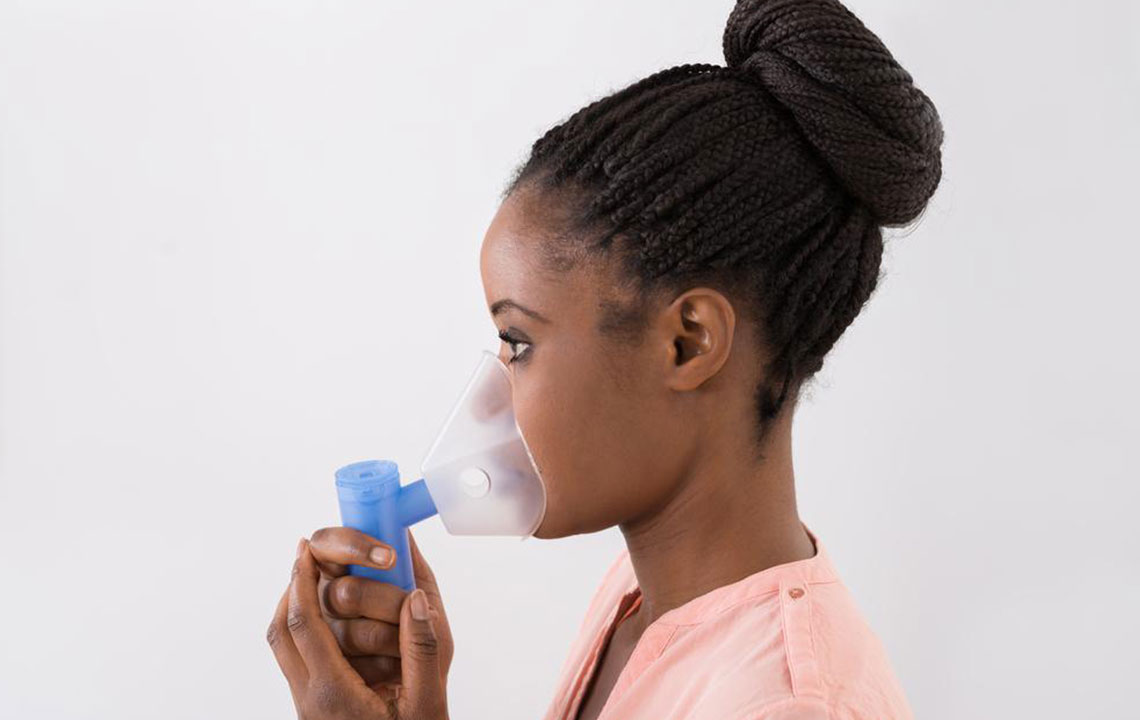Important Things You Should Know About Pulmonary Fibrosis
Important things you should know about pulmonary fibrosis
Pulmonary fibrosis is a disease that belongs to the category known as interstitial lung diseases. It leads to lung scarring. In this disease, the deep tissues of the lungs become stiff, scarred, and thick. The scarring affects the respiratory function of the lungs and makes breathing difficult. There are no specific causes that lead to pulmonary fibrosis. However, experts suggest prolonged exposure to specific particulate matter can cause scarring of the lungs.

Although treatments exist for this disease, they are aimed towards slowing the pulmonary fibrosis signs and symptoms.
What causes pulmonary fibrosis?
- One of the common causes of pulmonary fibrosis is exposure to asbestos, metal dust, and wood dust.
- Prolonged exposure to allergens such as mold or bird feathers can also cause pulmonary fibrosis.
- Pulmonary fibrosis can also be a side effect of a drug.
Who is susceptible to pulmonary fibrosis?
- People who are middle-aged and older adults are more prone to pulmonary fibrosis compared to infants and children.
- Men are more likely to suffer from pulmonary fibrosis signs.
- Chronic smokers have a higher risk of getting pulmonary fibrosis.
- People who have emphysema are also susceptible to this disease.
- People who work in construction, mining, and farming and are regularly exposed to pollutants that cause to damage to the lungs have a high probability of getting pulmonary fibrosis signs.
What are the common pulmonary fibrosis signs and symptoms?
- There is shortness of breath.
- The person may suffer from a dry cough.
- One of the common pulmonary fibrosis signs is a persistent feeling of fatigue.
- There might be unexplained weight loss.
- The person may experience muscle and joint pain.
- There might be clubbing of toes or fingers.
What are the complications of pulmonary fibrosis?
- High blood pressure due to compression of the smallest arteries and capillaries by scar tissues.
- The right side of the heart may fail due to excess strain on the lower right chamber of the heart caused by blocked arteries and capillaries.
- One of the final pulmonary fibrosis signs is the respiratory failure, which is caused due to declining oxygen levels in the blood.
- If pulmonary fibrosis signs have been present for a long time, there might be an increased risk of lung cancer.
- The other complications and pulmonary fibrosis signs are blood clots in the lungs, lung collapse, or lung infections.
How is pulmonary fibrosis diagnosed?
- Pulmonary fibrosis is diagnosed by reviewing family history and the person’s medical history.
- A doctor would discuss the signs and symptoms experienced by the person.
- The diagnosis also involves checking whether the person has had an exposure to gases, chemicals, and dust.
What tests are generally used to diagnose pulmonary fibrosis?
- A doctor may suggest imaging tests such as chest X-ray, CT scans, and echocardiogram.
- Tests such as pulmonary function testing, pulse oximetry, exercise stress test, and arterial blood gas test monitor the function of the lungs are also used to diagnose pulmonary fibrosis.
- In case the above tests are not helpful, a doctor may recommend conducting a biopsy by removing a small amount of tissue from one of the lungs.
- Blood tests to check kidney and liver functions might also be suggested.
How is pulmonary fibrosis treated?
- There is no treatment that can completely get rid of pulmonary fibrosis signs.
- All treatments aim towards alleviating the effects of pulmonary fibrosis signs and symptoms.
- A doctor will prescribe medications that slow down the effects of pulmonary fibrosis signs.
- Oxygen therapy may be used to lower blood pressure, alleviate stress from the right side of the heart, and make breathing easier.
What lifestyle changes are required if diagnosed with pulmonary fibrosis?
- Since smoking is one of the major causes of pulmonary fibrosis, it is best to stop smoking completely.
- It is essential to eat a diet that has enough calories and is rich in low-fat products, fat-free dairy products, fresh fruits and vegetables, and lean meats.
- Avoid food that is rich in trans fat, saturated fat, added and processed sugar, and salt.
- Do regular and light exercises to handle stress and to have an efficient lung function.
- Get adequate rest and sleep well to conserve energy and manage stress levels.




